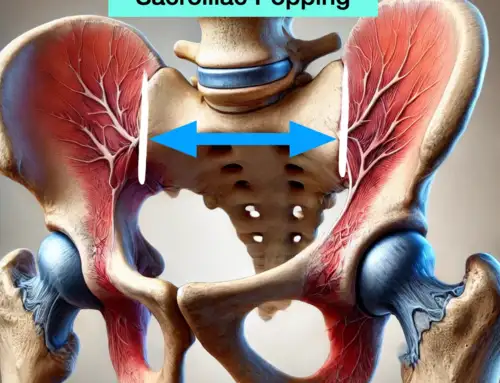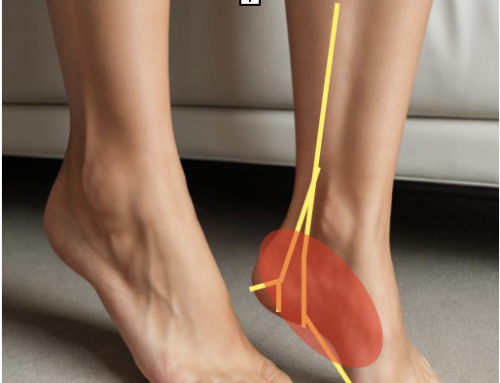Pelvic Pain During Pregnancy: PGP Pain During Pregnancy Causes and Treatment
Pelvic Pain During Pregnancy, known as pelvic girdle pain (PGP), is a common cause of pelvic pain and back pain during pregnancy. The pelvic girdle consists of two sacroiliac joints and a pubic symphysis joint. Pelvic girdle pain or PGP occurs when stiffness or uneven movement occurs between these joints. The pelvic girdle joints stretch due to hormones and a growing baby.
Gentle stretch for PGP

Symptoms of PGP During Pregnancy
Pelvic pain during pregnancy generally feels crampy, like menstrual pain, or can be sharp, dull, and constant, or a mixture of both.
Common symptoms of PGP include:
- The pain increased by spreading of legs or standing on one leg
- Low back pain is often related
- Pelvic pain while climbing stairs and turning over in bed
- Pubic symphysis pain
- Pain deep in the pelvis between vagina and anus
Causes of PGP During Pregnancy
The pelvic joint ligaments begin to stretch during pregnancy, making the pelvic joint more unstable. If one or more of the pelvic joints become unsymmetrical in stiffness, then pelvis and back pain can occur as the trimesters and pregnancy advance. Gas, bloating, and constipation can also cause pelvic-related discomfort.
Common Causes of PGP include:
First Trimester of Pregnancy
- A most typical symptom of pelvic pain during early pregnancy is miscarriage and are accompanied by vagina discharge (consult your doctor)
Second Trimester of Pregnancy
- Round Ligament Pain- The round ligament supports the uterus. As the pregnancy and fetus progress, this pelvic ligament can become painful. Symptoms include single-sided acute abdomen or hip pain.
- Back pain- Lower back pain is commonly associated with pelvic pain during pregnancy.
Third Trimester of Pregnancy
-
- Symphysis Pubis Dysfunction (SPD)- Widening of the pubic symphysis causing instability and pelvic pain in the perineum, pubic bone, back pain, and vaginal or anus pain.
- Diastasis Recti- During pregnancy, the rectus abdominus can separate or tear, which can cause pelvic pain and instability. Abdominal tears during pregnancy are vital for patients to undergo a complete at-home exercise plan to preveƒnt further pelvic instabilities.
How to prevent diastasis recti and pelvic pain when getting up from a lying down position.
Treatment for PGP during Pregnancy
Pelvic pain and PGP respond well to conservative treatment that addresses imbalances muscles and joints in combination with specific exercises safe for pregnancy.
Hands-on therapy- Stiff or poorly functioning muscles, joints, and pelvic ligaments, including:
- Iliolumbar ligament
- Sacrospinous ligament
- Pubic symphysis
Exercises include:
-
- Pelvic floor exercises to improve strength and endurance
- Pool exercises to reduce strain on back and pelvic joints
Medications
Some medications are safe to take during pregnancy. Still, it’s best to consult your doctor before taking pain medications while pregnant.
When to Call the Doctor
Attending regular pregnancy checkups with your OBGYN is highly recommended. You discuss any pain or symptoms with your doctor.
Call your doctor If you experience any of these symptoms during any trimester of pregnancy:
- Severe headache
- Fever or chills
- Dizziness
- Swelling in the face, hands, or feet that comes on suddenly
- Persistent vomiting or nausea
- Vaginal discharge that’s blood, greenish or watery
- Any bleeding
- Pelvic pain that is too painful to walk
Our editorial practices include evidence-based practices, interventions, and recommendations
GET IN TOUCH WITH DR. DEAN
YOU should be able to move the way you’d like to move without experiencing pain. YOU should be able to experience freedom and energy knowing there’s nothing holding back from giving your life 110%. Dr. Dean would like to learn more about your challenges with a quick phone or email before beginning treatment. Contact him today.





